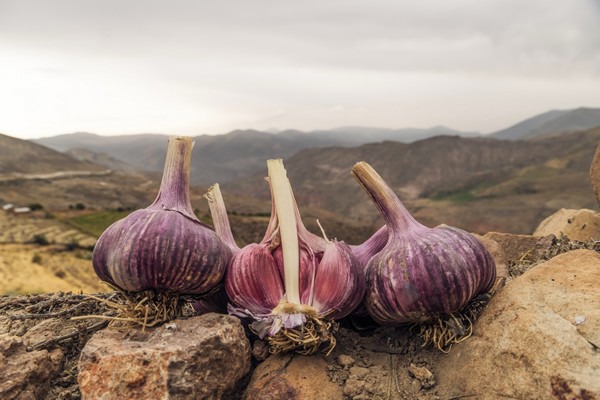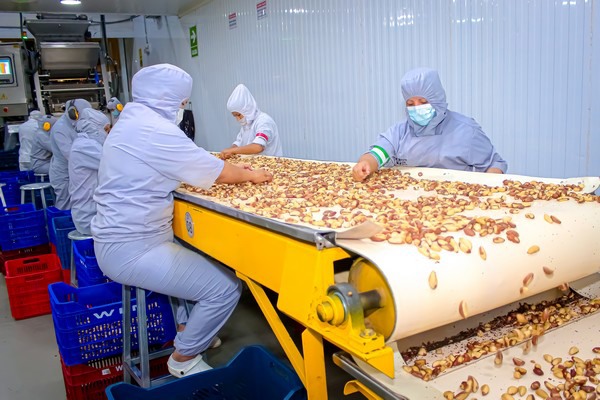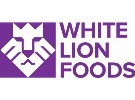At the end of the summer, the new garlic harvest will start in Peru. "Most of the garlic in Peru, and 100% of ours, is grown in Arequipa, in the south of the country," explains Byron Machuca, of White Lion Foods. "Our purple garlic is grown mainly at altitudes of between 2,000 and 3,000 meters above sea level. Some lands reach up to 3,500 meters, so the garlic acquires a dark purple color that is highly appreciated by the markets in which we sell it."

"This year I believe that there will be a smaller production volume than in previous years, as growers in Peru have not been strongly motivated to continue investing in the crop due to the fact that it hasn't been profitable in recent years. Due to the poor economic situation, the pandemic and political instability in the country there has been less investment in general."
"At White Lion Foods we expect to export about 50 containers this season; that is, about 1,100 tons. The United States is our main market. There we ship 40% of the garlic we produce, although we also export to Mexico, Canada, Australia, Poland and Caribbean countries."

The U.S. market is very important for Peru, says Byron. There is an outstanding demand for garlic in mesh bags there, and high prices are expected this year. "Freight rates have increased worldwide, but shipping from Latin America to North America is cheaper than from other ports, which will be a great advantage for Peruvian garlic compared to other origins."
Garlic is a product with a longer shelf life, compared to other more perishable vegetables, and this allows it to be subject to greater speculation. The global market is led by China. According to FAO data, about 2.82 million tons of garlic were marketed globally in 2020; of this, about 80% came from the Asian country and was shipped to different international markets.

"The harvest in Peru will begin between September and October, and we have the capacity to export until January. The most important thing is not having to compete with China, although in Latin America we face the competition from Mexico, Argentina or Chile, which produce large volumes of garlic. Competition from African countries such as Egypt and Morocco has also increased a lot lately, and they have entered the Brazilian market with force."
US$ 11 million investment for a new Amazonian walnut processing plant in the jungle
In addition to garlic grown at high altitudes in the Peruvian highlands, White Lion Foods markets a product from the jungle region which has seen a strong industry grow around it in the heart of the Peruvian Amazon: the Amazon walnut.
"The Amazon walnut is a wild product. Here, in the Amazon shared by Peru, Bolivia and Brazil, nobody has walnut plantations because it is a product that is not cultivated, only harvested. That is precisely what makes it more subject to price fluctuations. For example, last year it was sold at US$12 per kilo, and this year at US$7.50," explains Byron.

"We have been working with this product since 2016, and in 2020 we opened our own processing plant, for which we have made an investment of approximately US$11 million. Currently ours is the only plant in Peru with a BRC certification, with AA grade. We have also acquired a Tomra grading machine, which is helping us a lot in our processes, and we have opened a temperature-controlled warehouse for the finished product," says Byron Machuca. "Our facilities are located in the heart of the jungle; in fact, the White Lion Foods plant is the furthest from the main city in this region of the Amazon, which is an advantage for our raw material."
White Lion markets the Amazonian walnut worldwide. "We ship quite a few volumes to North Africa, South Africa, Europe, North America and Asia. We also ship quite a lot to Russia, although due to the war it is no longer marketed so easily in that country. As a result, prices have gone down," says Byron.
"This is a very strong industry that directly and indirectly helps some 250,000 people in the Peruvian Amazon, and it is also sustainable: the Amazon walnut is only harvested, so there is no need to cut down any trees in our valuable rainforest."
 For more information:
For more information:
White Lion Foods
Tel.: +51 987 393 772
info@whitelionfoods.com
https://whitelionfoods.com
